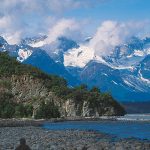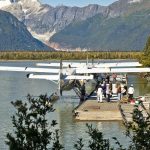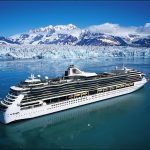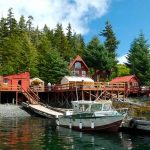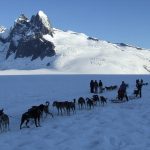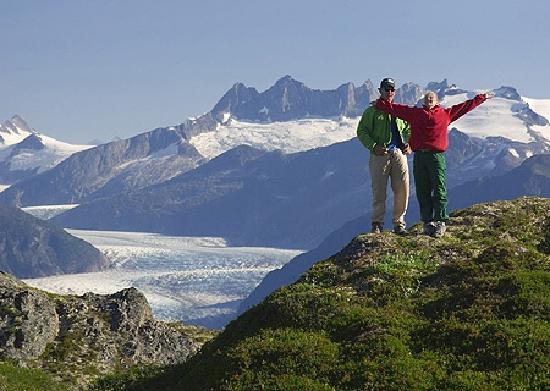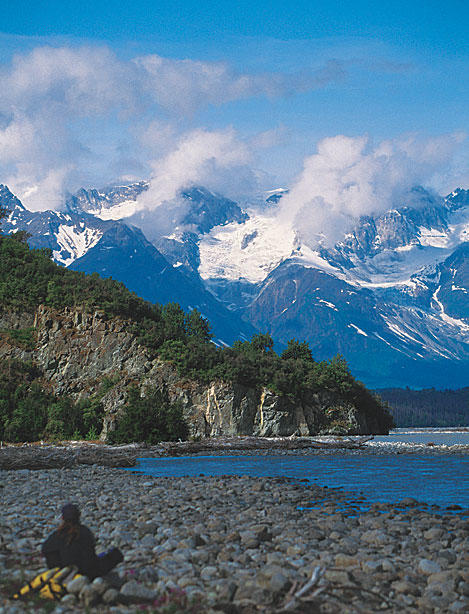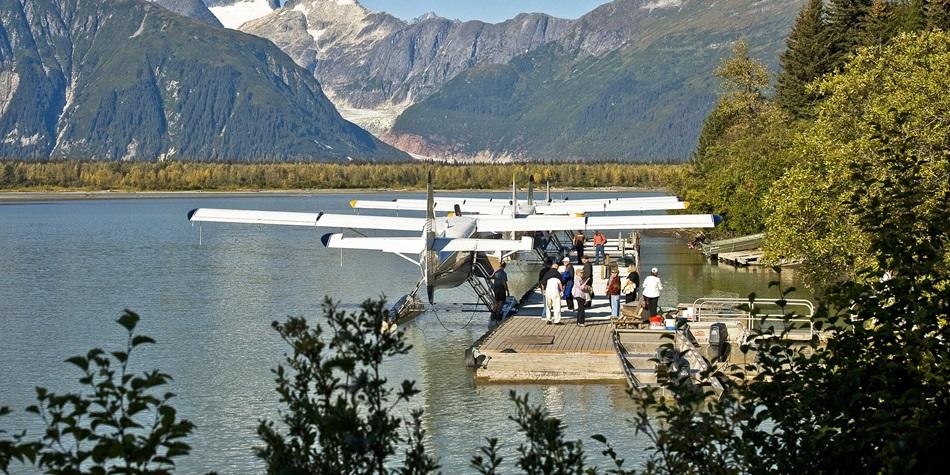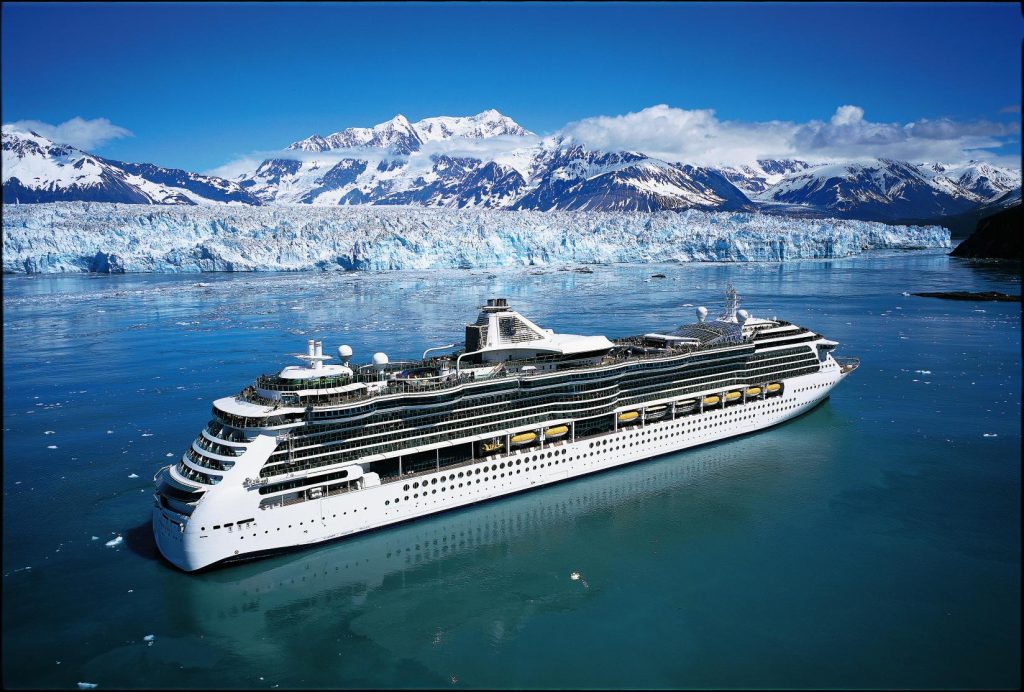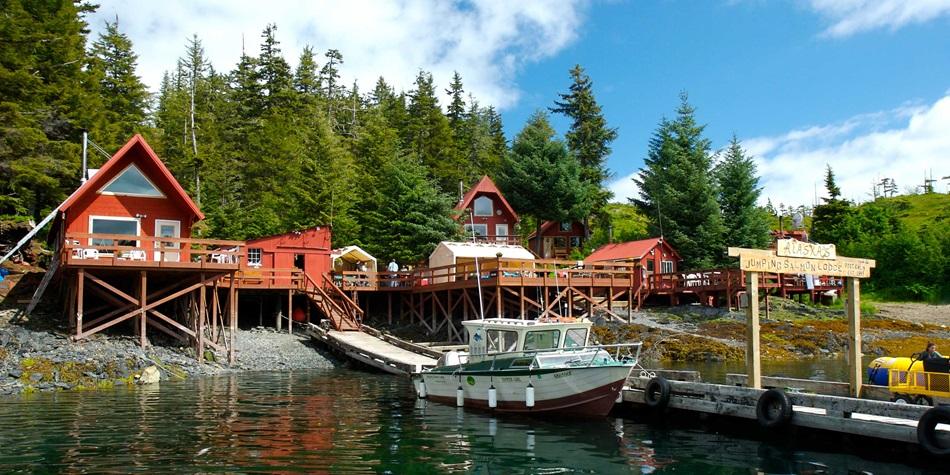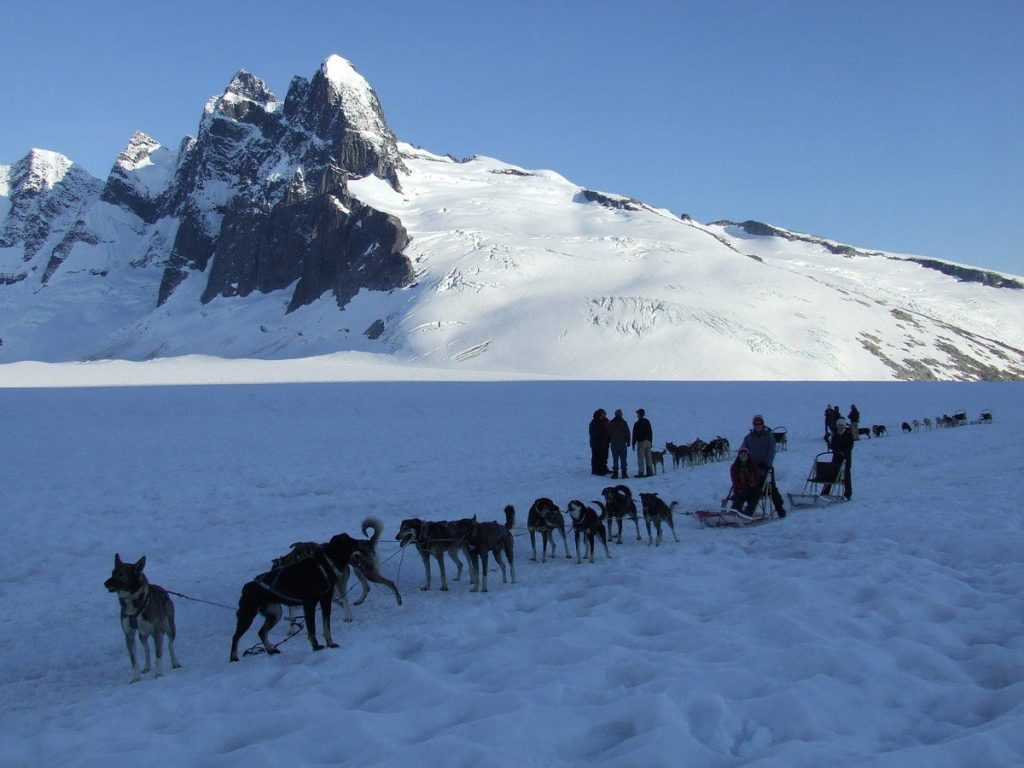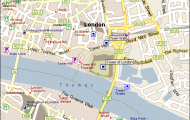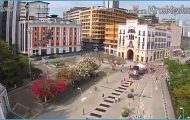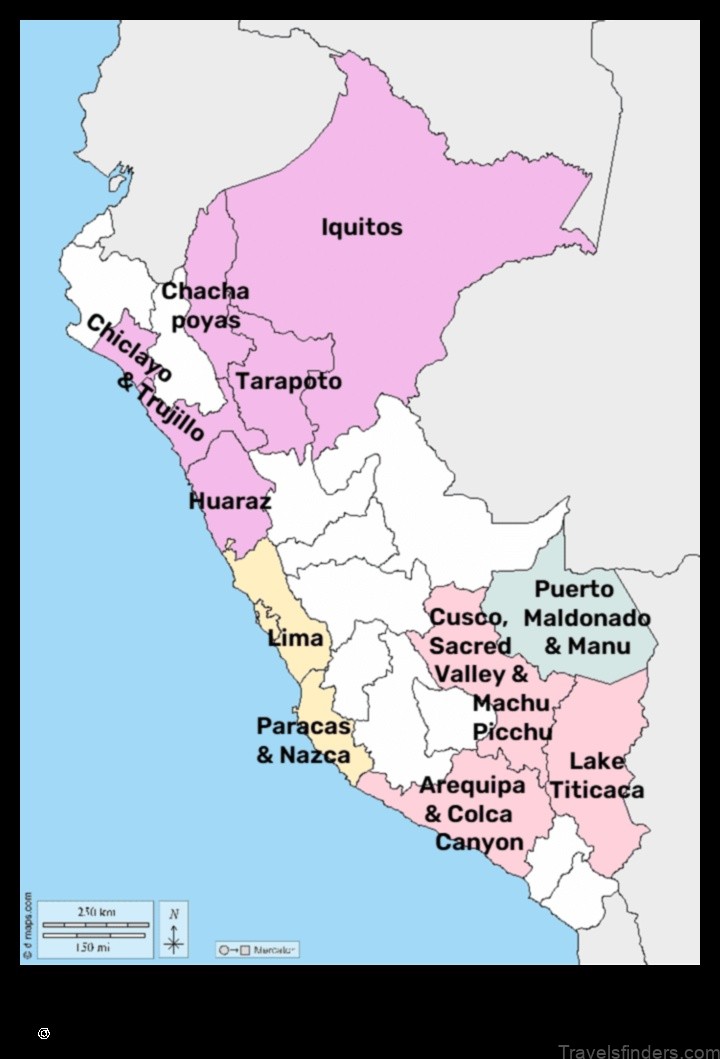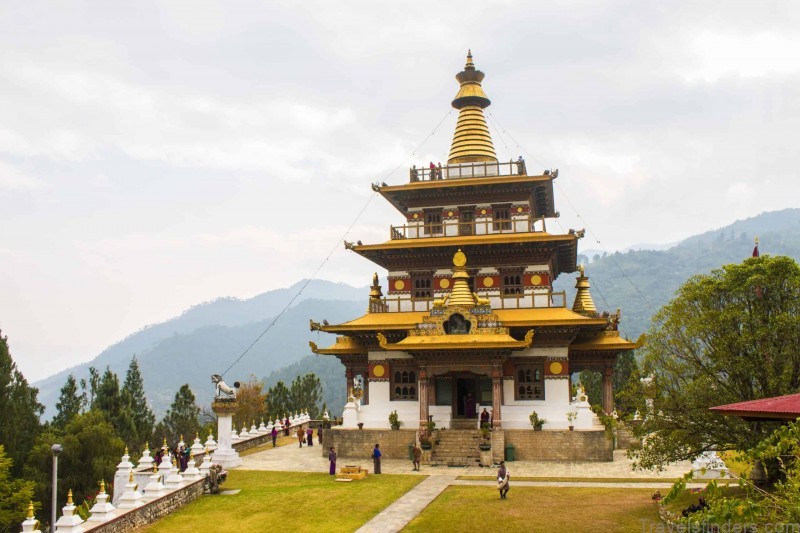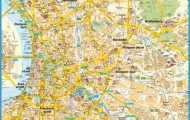Latinos in the Alaskan Context
Alaska is a very popular tourist destination, visited for its astonishing and pristine landscapes, glaciers, mountains, wildlife, and tundra. Tourism in Alaska makes a major contribution to the economy during the summertime and stands only second to oil revenues in overall economic importance. Tourists, including Latinos, are visible in Fairbanks, Anchorage, Juneau, Barrow, and southeast Alaska. Although tourists are less evident during the harsh winters, Latinos visit relatives in Alaska during all times of the year.
Alaska’s geographic isolation and harsh climate contribute to the relatively low migration of Latinos to the state. Access by road is limited within the state’s largest cities (Anchorage and Fairbanks) and communities. Because Alaska, along with Hawaii, does not connect physically with the 48 other states, migrants accessing the state by land have to cross through Canadian territory by a rough road with limited services. In addition, permafrost and extreme temperatures during winter contribute to the lack of public utilities (water, energy, and phones); the limited availability of education; and the lack of medical facilities and paved roads in many areas of Alaska, especially in rural sites. This situation makes the wilderness unattractive to some looking for an urban lifestyle or job opportunities.
Despite the limitations and conditions of living in Alaska, some Latinos enjoy living in remote towns and are able to find job opportunities in rural areas. This is the case for about 200 Latinos living in the famous town of Barrow, in the North Slope borough. Barrow is the northernmost town in the United States, located on the shores of the Arctic Ocean. The majority of Barrow’s approximately 5,000 residents are Alaskan Natives of Inupiat Eskimos descent. For Latinos living in Barrow, the lifestyle differs dramatically from that of other urban areas in Alaska. U.S. Latinos in Barrow live according to the context of rural life in Alaska, which includes engaging in traditional subsistence practices of seal hunting and bow-head whale hunting. Although Barrow is a tourist destination, visitors and locals can only access it by air. One of the limitations Latinos face in Barrow is the transportation of goods and high costs of living. For instance, just one barge arrives in town every August, loaded with equipment, diesel, vehicles, and goods that cannot be transported by aircraft. The movement of the barge is limited by ice in the Arctic Ocean. Because vehicles can only be shipped in this way once a year, their
cost is prohibitive for personal use, forcing noncommercial users to rely on all-terrain vehicles during summer and snow machines during winter as a method of transportation within the small town.
Another remote site is in the Yukon-Kuskokwim region, where 85 percent of the population is Yupik Eskimos and Athabaskan; approximately 100 Latinos live there. As an additional challenge for Latinos living in this region of rural Alaska, the Yukon-Kuskokwim region has the highest rate of infectious diseases in the state due to a lack of running water and proper sewer facilities.
Although some Latinos decide to migrate to rural Alaska, most choose urban areas, such as Anchorage, Fairbanks, and Juneau. More than half of the Latino population in Alaska lives in the Anchorage Borough, where many are connected to the military community. By 2005, Latinos active at the Elmendorf Air Force Base and Fort Richardson in Anchorage accounted for 5.7 percent of the Anchorage military population.
There are about 5,000 Latinos residing in the Fairbanks Borough. The second-largest city in Alaska, Fairbanks attracts Latinos with its dynamic economic and educational opportunities. Although temperatures in Fairbanks can drop to -45°F for about two weeks in January and darkness reigns during winter, the city has many attractions.
Fairbanks has a highly regarded school district, where Spanish is offered as an elective to local students. The Fairbanks North Star Borough School District assists non-English speakers, including Latinos, who require a tutor or interpreter at school until they become proficient in English. The presence of the University of Alaska at Fairbanks (UAF) is another asset that attracts Latinos because of education and employment opportunities.
Fairbanks is a city where traffic jams are almost nonexistent and where people can enjoy the privacy of living in the wilderness and having the pleasures of city life nearby. As compared to other states, the crime rate in Alaska is very low, making the state a very attractive and peaceful place for Latinos to live and raise children in a relatively safe environment.
notable latinos
Reyes, Maria Elena (1947-). In 2003, Maria Elena Reyes, a Mexican American from Texas, was the first Latina to earn tenure at the University of Alaska at Fairbanks. The Latino community at UAF knows Dr. Reyes for her contribution as faculty advisor to the Latina/o Culture Club, the first Latino college student organization in Alaska. She was Alaska’s chairperson and national board member for the National Association of Hispanic and Latino Studies from 1999 to 2006.
Pantoja, Alberto (1956-). Puerto Rican-born Alberto Pantoja is an entomologist well known for his scientific research in South America, Central America, and the Caribbean.
In 2003 he was appointed as research leader for the Subarctic Agricultural Research Unit of the United States Department of Agriculture (USDA), the Agricultural Research Service (ARS) in Alaska. Pantoja is the first Latino research leader in the history of ARS in Alaska, and currently is the highest-ranked Latino working for USDA-ARS in Alaska.
Fernandez, Ivette (1975-). In 2001, Ivette Fernandez became the first Latina to receive the title of Miss Alaska and was honored with the Miss Congeniality award. In 2001 she was a legislative aide for a state senator; in 2007 she worked as the associate director for Latin American Affairs at the U.S. Department of Homeland Security. Fernandez is of Mexican descent and active in the Latino community. She was the feature speaker for the 2006 scholarship fund-raiser event hosted by the Latinos Unidos del Norte (United Latinos of the North) during the Hispanic Heritage Month, celebrated at the University of Alaska Fairbanks. In October 2006, she was also the guest speaker at the Eielson Air Force Base for a luncheon celebrating the importance of Latinos in the Air Force. Recently, Fernandez participated in the 2006 Young Hispanic Leaders Program in Spain with fourteen other Latino Americans.
Gomez, Scott (1979-). Scott Gomez, of Mexican and Colombian heritage, was born in Anchorage, Alaska. In 1998 he became the first Latino player to be drafted by a National Hockey League (NHL) team. As a professional ice hockey player with the New Jersey Devils during the 1999-2000 NHL season, Gomez was awarded the Calder Memorial Trophy as the league’s rookie of the year. Other awards received by Gomez included team First All-Star, Top Scorer, and Most Valuable Player. He and his teammates won the Stanley Cup in 2000 and 2003. During the 2004-2005 lockout year, he returned to Alaska and joined the Alaska Aces Team. For the 2006-2007 NHL season, Gomez became the first Latino to have a million-dollar contract for his superb performance as a hockey player.



